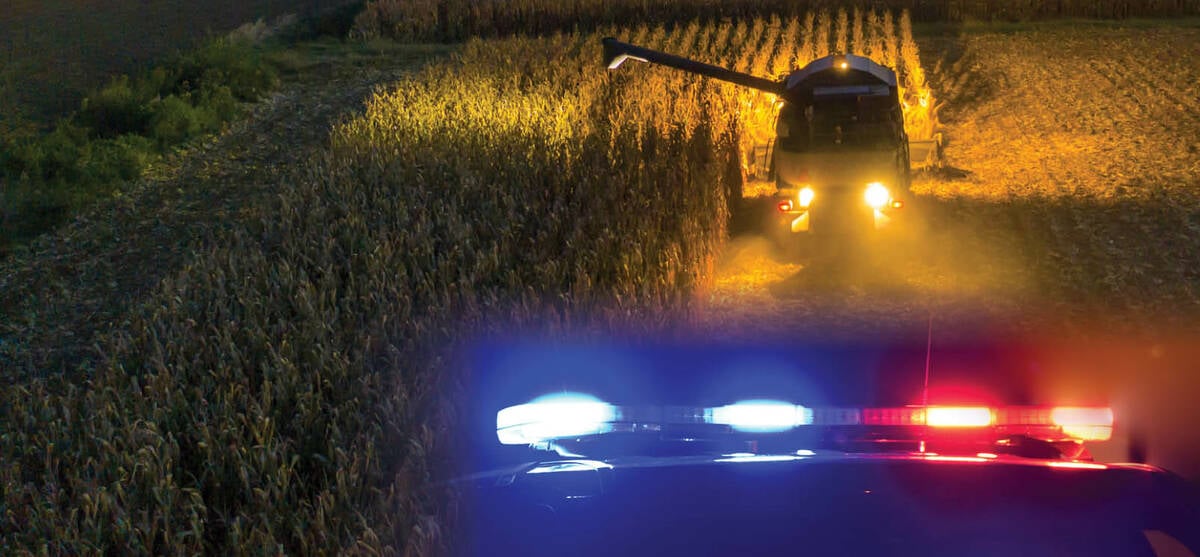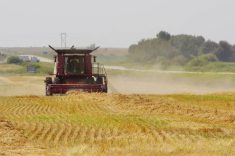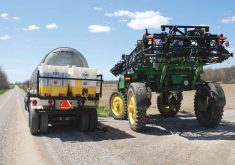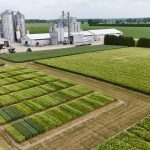North Dakota State University is asking farmers to be on the lookout for Palmer amaranth. The No. 1 weed problem in the U.S., hasn’t been spotted in North Dakota yet, but it has been identified in neighbouring Minnesota and South Dakota as well as in Iowa.
In a release, NDSU extension agronomist Tom Peters said Palmer amaranth is a type of pigweed that has devastated crops in the South and Midwest, and has reduced yield up to 91 per cent in corn and 79 per cent in soybeans.
Read Also

Farmers left waiting on rural crime
RCMP say they’re working to curb rural crime on the Prairies, but response time realities and continued reports of incidents remain a frustration for farmers and other residents.
Peters said this aggressive, competitive weed would pose a major threat to North Dakota crops because it can grow two to three inches per day in optimum conditions. The plants can grow to be six to eight feet tall, and a single plant can produce up to one million seeds. Palmer amaranth also is hard to control because it is very prone to being resistant to herbicides.
The first step in managing Palmer amaranth is to look for it and identify it.
“Scout areas for plants that don’t look right,” Peters said.
Now is a good time to scout because Palmer amaranth is developing its distinctive long, snaky seed heads, he said. The seed heads can grow up to two feet long.
Identifying Palmer amaranth can be difficult because it resembles redroot pigweed, smooth pigweed and waterhemp.
NDSU has a page to help identify the weed at the NDSU extension website.
The release said Palmer amaranth seeds can spread in a number of ways, including farm equipment, wildlife, wind and water. Seeds also have been found in native seed mixes used for pollinator or wildlife habitats and in hay. Peters noted that a lot of donated hay came into North Dakota in 2017 because of the severe drought, so producers need to be on the lookout for Palmer amaranth and other weeds.















